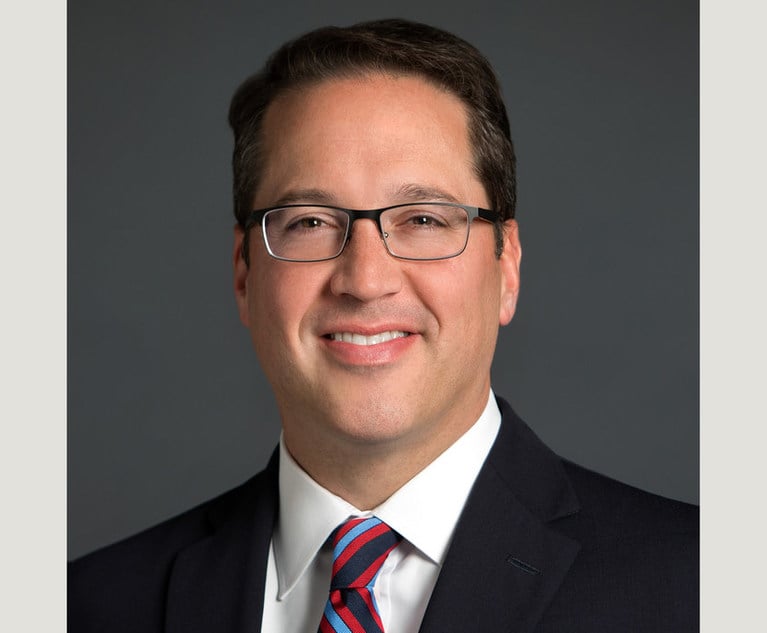It is undeniable that there has been a noticeable uptick in incidents of racist and xenophobic harassment across the country. While this behavior is often publicized when it occurs between civilians at the local grocery store, such incidents are increasingly prevalent in the employment context and can take place between and among all levels of employees. Harassing behavior can occur by supervisors and managers against subordinates by and between co-workers, and by nonemployees against employees.
In 2016, charges of workplace racial and religious discrimination filed with the U.S. Equal Employment Opportunity Commission (EEOC) rose for the first time in five years. These charges often centered on allegations of harassment. Last year, harassment charges filed with the EEOC reached a seven-year high. Prompted by the dramatic increase in harassment complaints, the EEOC recently issued a 95-page report on unlawful harassment in the workplace. In the report, titled “Report of the Co-Chairs of the EEOC Select Task Force on the Study of Harassment in the Workplace,” the EEOC highlighted that nearly one-third of the approximately 90,000 charges received by the EEOC in 2015 included an allegation of workplace harassment. Additionally, the report mentions a study which found that up to 60 percent of employees have experienced either racially or ethnically motivated harassment in the workplace.






